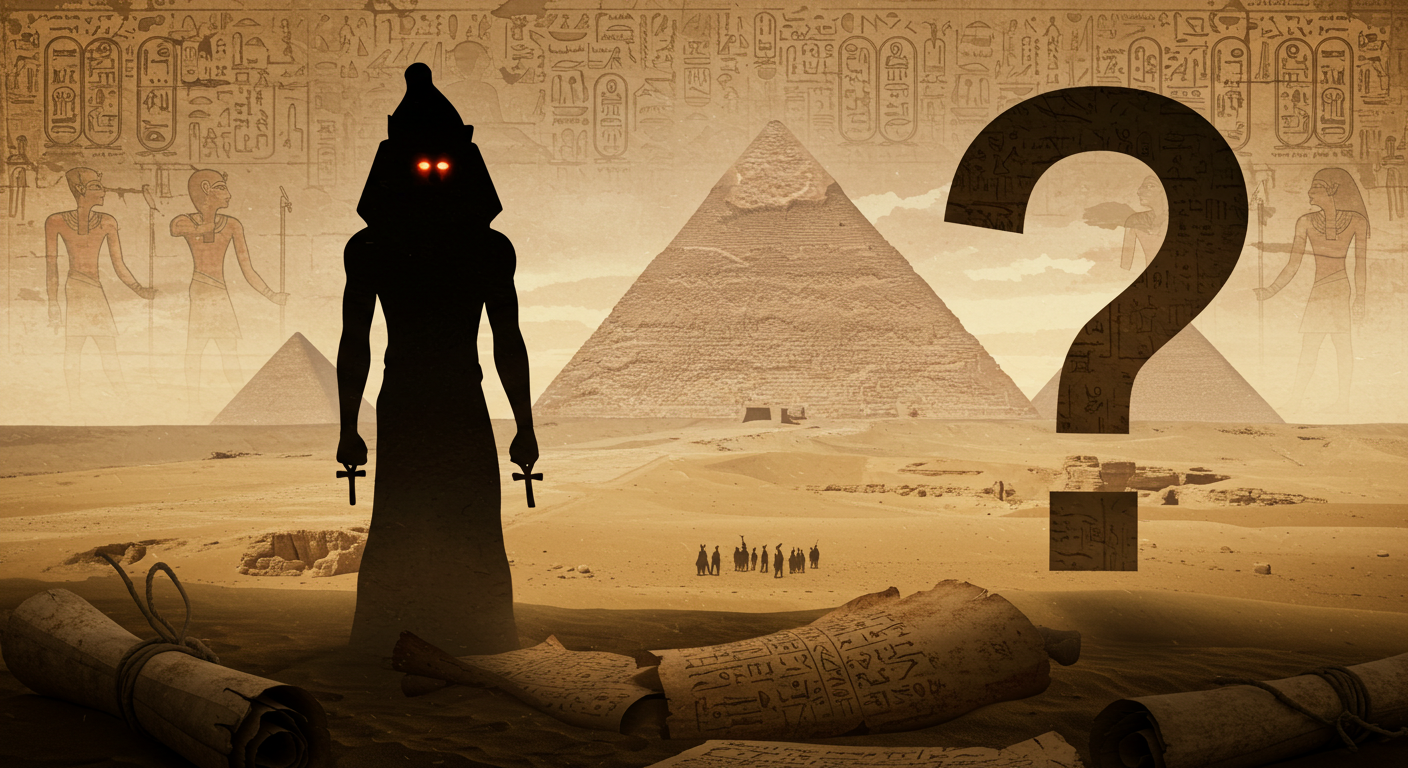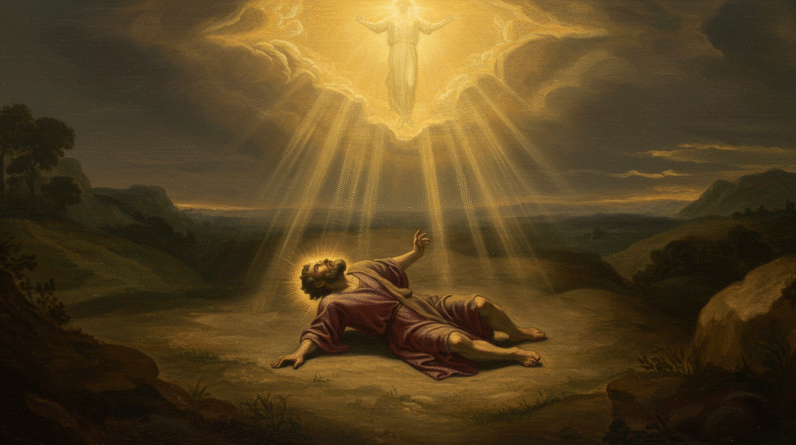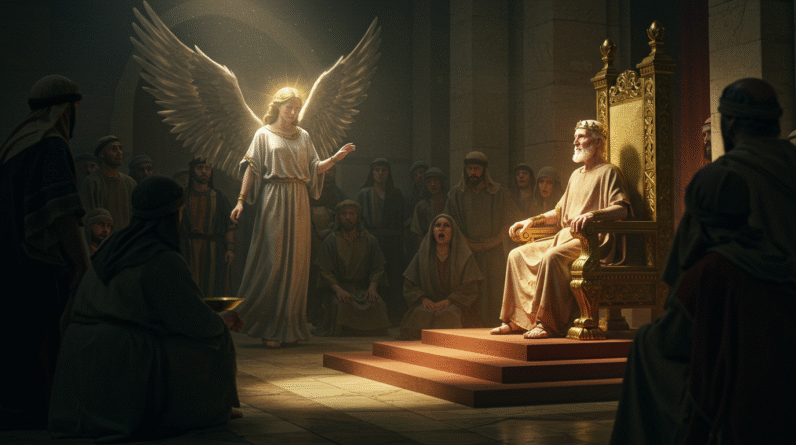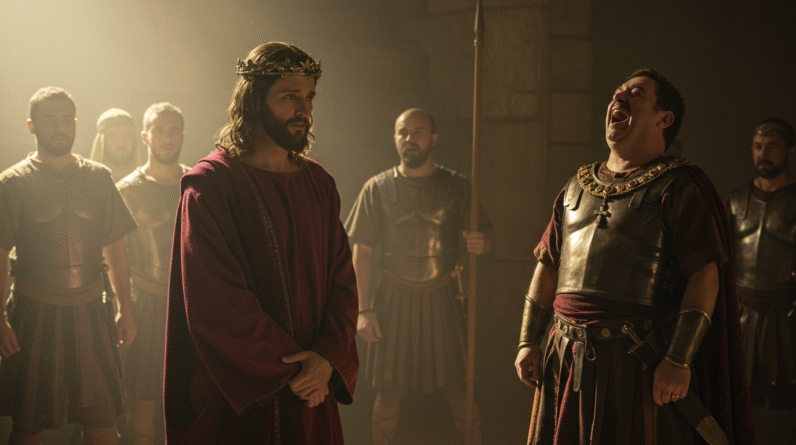Who Was The Pharaoh Of The Exodus? Solving The Mystery
What do you imagine when you hear the story of the Exodus? Epic journeys, deep faith, miraculous wonders? The tale of the Israelites’ escape from Egypt as recounted in the Bible is a cornerstone of religious narrative, filled with drama and divine interventions. A central character in this story, besides Moses, is the enigmatic Pharaoh who obstinately resists freeing the Hebrew slaves. But who exactly was this Pharaoh? Was he a real historical figure, or is he shrouded in as much mystery as the narrative itself? Let’s dive into a fascinating exploration of biblical texts and historical evidence to solve the mystery of the “Pharaoh of Exodus.”
The Enigma of Pharaoh’s Identity
The identity of the Pharaoh of Exodus has perplexed scholars, historians, and theologians for centuries. Unlike other biblical figures, the Pharaoh in Exodus is not named, leading to much speculation and debate. This absence of a name could have been intentional, perhaps to emphasize the Pharaoh’s role as an oppressive force rather than an individual. It prompts us to wonder: Was the author’s focus on the impact of his actions rather than his identity?
Yet, this anonymity has only made the mystery more enticing. Scholars have scoured historical timelines and examined ancient Egyptian records to pinpoint which Pharaoh might have witnessed the plagues and the subsequent liberation of the Hebrews. This journey takes us into the depths of not just biblical studies but also archaeology and Egyptology.
Historical Context of the Exodus
To attempt to identify the Pharaoh of Exodus, it’s important first to consider the historical context in which the Exodus story might be set. Estimates of when the Exodus may have occurred range widely, from roughly 1550 BCE to around 1200 BCE. This period spans several Egyptian dynasties, leaving us with numerous Pharaohs to consider.
Egypt was a towering empire, known for its sophisticated governance and impressive monuments. Pharaohs during this time commanded powerful forces, engaged in grand construction projects, and sometimes engaged in battles that shaped regional politics. Understanding the timeline can help us compare biblical accounts with historical records to identify plausible candidates for the Pharaoh of Exodus.
Popular Candidates for the Pharaoh of Exodus
Several Pharaohs have emerged as popular candidates in the quest to identify the Pharaoh of Exodus. Among these, Ramses II often tops the list. Known as Ramses the Great, he ruled during the Nineteenth Dynasty and is famous for his extensive building projects, including the cities of Pi-Ramesses and Thebes. His reign aligns with the story’s suggestion that Hebrew labor was used for monumental construction projects. However, the timeline of Ramses II’s reign makes it difficult to neatly align with some biblical interpretations of the Exodus.
Another possible candidate is Thutmose III, who ruled during the Eighteenth Dynasty. Known for his military conquests and expansion of Egypt’s borders, Thutmose III had a powerful grip over Egypt, making him a plausible contender. Despite this, the absence of conclusive evidence linking him directly to the Exodus scenario leaves his candidacy unconfirmed.
Lastly, the possibility of Amenhotep II as the elusive Pharaoh also exists. Scholars argue that his reign exhibits parallels with some of the biblical records. Yet, the lack of definitive archaeological or historical evidence continues to obscure the certainty of his association with the Exodus narrative.

Archaeological Evidence and Challenges
Archaeology plays a crucial role in unraveling the identity of the Pharaoh of Exodus. Excavations, inscriptions, and ancient texts provide fragments of history that can be pieced together. However, if you were hoping for Indiana Jones-style discoveries, it’s a bit more nuanced. For one, Egyptian history and records primarily focus on their triumphs and achievements, often neglecting to record significant defeats or embarrassments, such as the loss of Hebrew slaves.
Moreover, natural degradation and the passage of time have led to gaps in records, resulting in scattered evidence. The Egyptians’ systematic manner of preserving history, while thorough, was not always infallible. Occasionally, Pharaohs would even intentionally erase the existence of predecessors whom they believed were illegitimate or negatively impacting their image.
The Exodus Narrative in the Bible
The Exodus account is central to Judaism, Christianity, and even Islam, depicting God’s deliverance of the Israelites from slavery. This narrative momentum carries significant theological symbolism, representing redemption and divine intervention. The Bible portrays the Pharaoh as a figure with a hardened heart, repeatedly refusing Moses’ pleas to “Let my people go” despite experiencing the devastating plagues.
Exodus 7:13 shows Pharaoh’s stubbornness: “Yet Pharaoh’s heart became hard and he would not listen to them, just as the Lord had said.” Such depictions draw Pharaoh as an archetype of resistance to God’s power.
Biblical Clues to Identify the Pharaoh
While the Bible doesn’t name the Pharaoh, it does offer details that provide clues. The mention of construction projects could indicate significant urban development during his reign. The reference to store cities like Pithom and Ramses potentially helps narrow down possible timelines and Pharaohs by correlating biblical cities with known historical sites. Moreover, Pharaoh’s behavior and decisions, as described in the Bible, can allude to his power dynamics and potential identity.
Consider Exodus 1:11, which states: “So they put slave masters over them to oppress them with forced labor, and they built Pithom and Ramses as store cities for Pharaoh.” Such details become pivotal in the quest to match biblical narratives with historical figures.
Why the Pharaoh of Exodus Might Remain Unidentified
Despite exhaustive research, there are valid reasons why the Pharaoh of Exodus might remain unidentified. Historical records and the Bible serve different purposes, impacting how such events might be represented. While the Bible focuses on theological narratives and moral lessons, Egyptian records are more historical in nature but are written from the perspective of victors.
Moreover, the lack of a name for the Pharaoh in the biblical text might indicate that the focus is on the overarching theme of liberation. Thus, the individual’s identity was secondary to the message being conveyed. This perspective underlines our limited ability to match biblical narratives precisely with historical records.
The Role of Faith and Interpretation
When it comes to the Pharaoh of Exodus, faith and interpretation play pivotal roles in shaping our understanding. For religious followers, the emphasis might not lie in identifying the Pharaoh but rather in appreciating the story’s spiritual significance.
Every era engages with its biblical narrative, interpreting through new lenses driven by contemporary understanding. Thus, understanding the Pharaoh of Exodus includes considering varying interpretations from different faiths and traditions.
Conclusion: Bridging History and Theology
In our quest to determine “Who was the Pharaoh of Exodus?” we’ve ventured through historical records, biblical narratives, archaeological discoveries, and theological studies. It makes you appreciate the complex interplay of history and theology that surrounds this biblical enigma. While the historical Pharaoh’s identity might remain elusive, the narrative’s impact is unquestionably profound, bridging millennia and cultures through its enduring message of liberation and faith.
While the mystery continues to intrigue us by straddling the lines of religious faith and historical inquiry, maybe it’s the story’s message that holds the real answers. Perhaps the lesson lies beyond identifying the Pharaoh and lies more within the transformation and liberation that the story symbolizes.
Explore More
For further reading and encouragement, check out these posts:
👉 7 Bible Verses About Faith in Hard Times
👉 Job’s Faith: What We Can Learn From His Trials
👉 How To Trust God When Everything Falls Apart
👉 Why God Allows Suffering – A Biblical Perspective
👉 Faith Over Fear: How To Stand Strong In Uncertain Seasons
👉 How To Encourage Someone Struggling With Their Faith
👉 5 Prayers for Strength When You’re Feeling Weak

📘 Jesus and the Woman Caught in Adultery – Grace and Mercy Over Judgement
A powerful retelling of John 8:1-11. This book brings to life the depth of forgiveness, mercy, and God’s unwavering love.
👉 Check it now on Amazon
As a ClickBank Affiliate, I earn from qualifying purchases.
Acknowledgment: All Bible verses referenced in this article were accessed via Bible Gateway (or Bible Hub).
“Want to explore more? Check out our latest post on Why Jesus? and discover the life-changing truth of the Gospel!”








